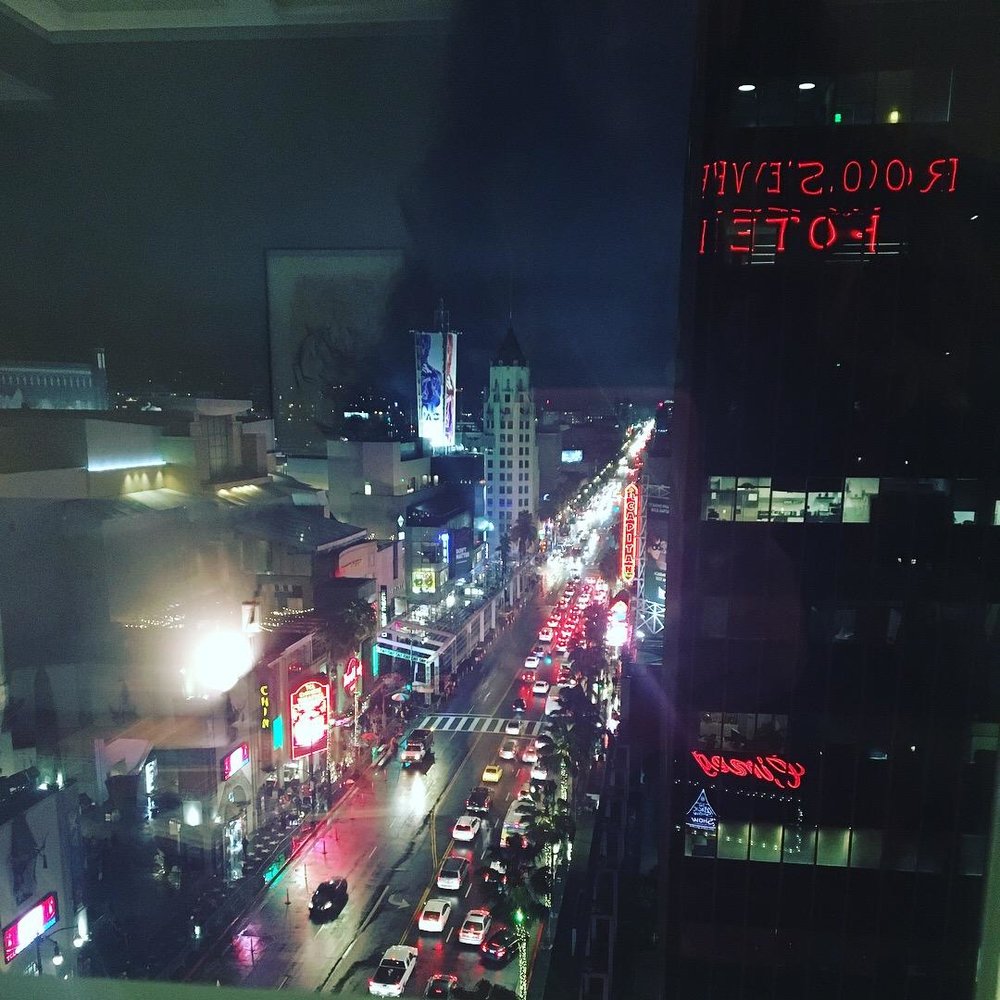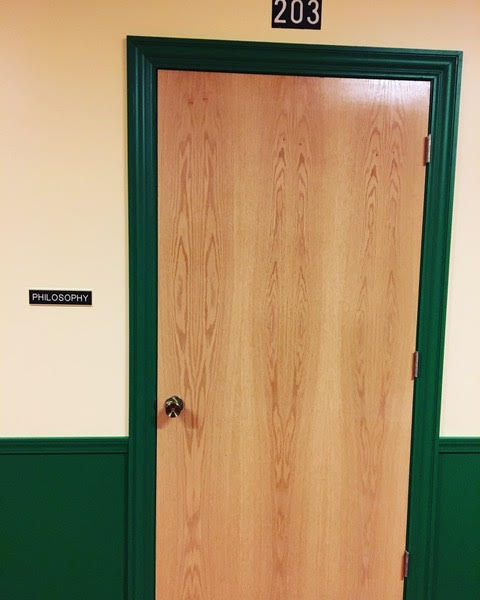L.A. ArtDoors open<— —>not open
April 22, 2019
by Emel Thomson, Cohort ’17
This past February I had the opportunity to immerse myself in the L.A. art scene. The L.A. art scene was turned up a few notches with the opening of several art fairs including the city’s first Frieze art fair. Frieze is a London-based art magazine that branched out into hosting fairs. Strategically situated between the Grammys and Oscars, Feb. 14–17, the Frieze art fair was held at Paramount Picture Studios, while galleries and museums across L.A.’s sprawling geography opened new exhibitions with well-attended opening night parties. Party and art seemed inseparable. Since the art week had multiple entry points— characteristic of Deleuze and Guattari’s rhizome, which “operates by variation, expansion, conquest, capture, offshoots” (Deleuze and Guattari 21)—I decided to visit the offshoots of the art week map. The two most memorable were Felix LA and the Hammer Museum.

It was pouring rain the evening I made my way to Felix LA at the historic Hollywood Roosevelt Hotel. The cold evening, relentless rain, and unique venue were part of the art experience. The intimate vibe of the 1920’s hotel provided a welcome contrast to the other brightly-lit venues. The hotel’s arborescent structure, with elevator-as-spine, served as a transcendent model for the show as a whole; “a model that is perpetually in construction or collapsing, and of a process that is perpetually prolonging itself, breaking off and starting up again” (Deleuze and Guattari 20). The hotel’s elevator, staffed with an attendant, transported a packed but silent group to the penthouse level and opened up to a lively party. I thought I had stumbled onto a private party but, no, this was one of three levels where the art fair took place.
From the penthouse, we moved down the hotel spine to the ninth floor. Hung in the long hallways were photographs of bygone Hollywood stars lounging at the hotel’s Tropicana Pool. Open doors invited one into hotel rooms that were deterritorialized, no longer serving as private rooms but reimagined as public gallery/showrooms. Boundaries were blurred between: private and public, art and furniture function, interior and exterior. Inside the showrooms, furniture could be works of art, or not. Windows engaged with the art space; attempts to spotlight paintings overpowered the art and instead drew attention to the light’s reflection in the windows, which framed the dark, rainy night outside. Labels were non-existent, unhinging traditional ways of seeing art. Once the compulsion to know an artist’s name and the titles of the works was let go, attention turned toward the art and its relationship to the context of the venue itself.
.jpeg)
The lower level had a different vibe from the upper as it was lined with cabana rooms that opened to the iconic David Hockney-painted Tropicana Pool. Montreal, Toronto, and Chicago galleries could be found on this level, all cities I have called home. You could hear, smell, and feel the dampness of the rainy night as exterior sliding doors in several of these rooms were left open.
At the Hammer Museum the mood was upbeat for the opening of the new retrospective, Allan Ruppersberg: Intellectual Property 1968–2008. Ruppersberg is a conceptual, West Coast artist with a multidisciplinary practice that knows no boundaries when it comes to using materials and themes. There is an undercurrent of humor in his work such as the installation “Where’s Al,” an arrangement of snapshots and index cards with text that suggests the appearance and disappearance of the artist. Ruppersberg also has a deep interest in reviving or rescuing cultural forms such as posters, hand-painted signs, and comics. A quote pertaining to this interest was displayed on an exhibition wall: “I try to find things that are on the verge of disappearing so that I can resuscitate them, use them so they are present again.” This was a theme that carried throughout his work shown at the Hammer Museum. One installation evoked a school corridor complete with several identical closed doors, one with a plaque suggesting philosophy as a class subject.

Does philosophy have something to say about a closed door? Or does the door reflect something about philosophy? Perhaps the artist is attempting to resuscitate philosophy and make it present again, as an endeavor closely related to art. The closed door and philosophy-plaque are in shifting relations with one another in a background or context that may be understood as a space to question relations, semblance, numbers, and naming. Ironically there was no plaque identifying the installation.
Ruppersberg’s installation is ambiguous and that is perhaps the revealing: “ambiguity points to the mystery of all revealing, i.e., of truth.” (Heidegger 338) As an artist, Ruppersberg embodies that ambiguous, elusive character we often see in philosophers, albeit with a stronger sense of humor.
Deleuze, Gilles, and Félix Guattari. A Thousand Plateaus: Capitalism and Schizophrenia. 1980. Translated by Brian Massumi, University of Minnesota Press, 1987.
Heidegger, Martin. Heidegger, Martin, and David Farrell Krell. Basic Writings: From Being and Time (1927) to The Task of Thinking (1964).London: Routledge Classics, 2011. Print.
